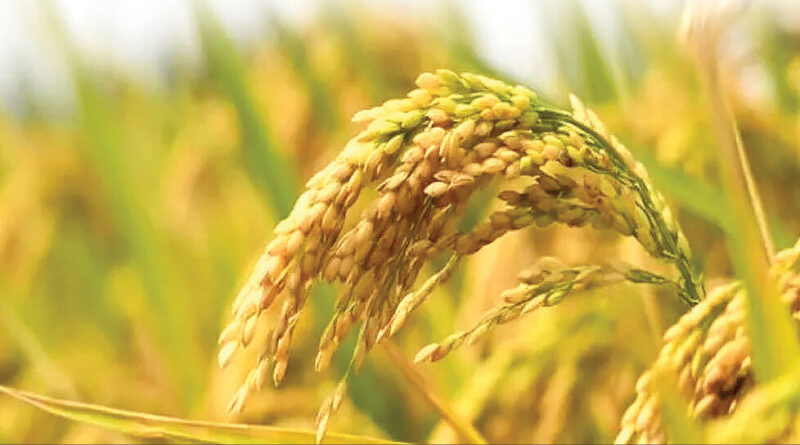Paddy sowing sees 3% increase while pulses area declines by 10% in kharif season
The ongoing kharif (summer-sown) season has seen a 3 per cent rise in the area under paddy cultivation, reaching 180.2 lakh hectares by July 21, according to data from the agriculture ministry. However, the acreage of pulses has witnessed a decline of 10 per cent, falling to 85.85 lakh hectares compared to the same period last year.
In the corresponding period of the previous year, paddy cultivation covered 175.47 lakh hectares, while pulses were sown across 95.22 lakh hectares.
Paddy
Paddy is the predominant kharif crop and is usually sown with the onset of the southwest monsoon. It contributes to approximately 80 per cent of the total rice production in the country during the kharif season.
The data reveals that the acreage of Shri Anna-cum-coarse cereals has increased to 134.91 lakh hectares till July 21, up from 128.75 lakh hectares in the same period last year.
In the non-foodgrains category, the area under oilseeds has expanded to 160.41 lakh hectares, compared to 155.29 lakh hectares in the previous year. Groundnut sowing area has also slightly improved to 34.94 lakh hectares from 34.56 lakh hectares, while the area under soybean has risen to 114.48 lakh hectares from 111.31 lakh hectares.
Other crops
Among other crops, there has been a marginal decline in cotton acreage to 109.69 lakh hectares from 109.99 lakh hectares. However, the area under sugarcane cultivation has seen an increase, reaching 56 lakh hectares compared to 53.34 lakh hectares in the same period last year. Conversely, the acreage of jute & mesta till July 21 in the kharif season has decreased to 6.36 lakh hectares from 6.92 lakh hectares in the year-ago period.
Overall, the total acreage under all major kharif crops has increased to 733.42 lakh hectares as of Friday (July 21), as against 724.99 lakh hectares in the same period last year.The southwest monsoon arrived in India on June 8, later than the normal date of June 1. Despite the presence of evolving El Nino conditions, the IMD had previously predicted that India would receive normal rainfall during the southwest monsoon. El Nino, characterised by the warming of waters in the Pacific Ocean near South America, typically leads to weaker monsoon winds and dry weather in India. This year’s El Nino follows three consecutive La Nina years, with La Nina typically associated with good monsoon rainfall.
This article has been republished from Republic world

